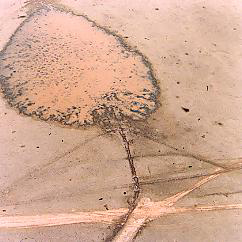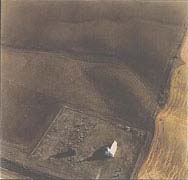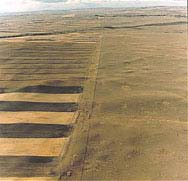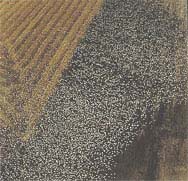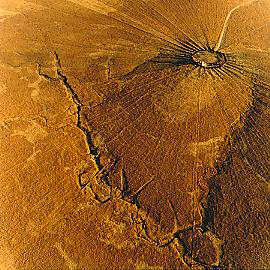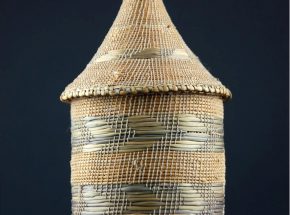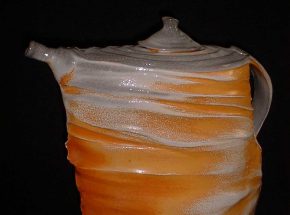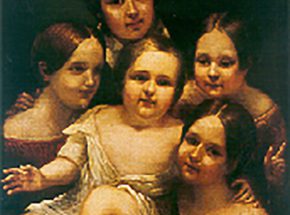
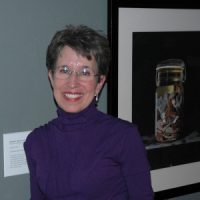
Terry Evans, Chicago artist photographer, has photographed the prairies and plains of North America and the urban prairie of Chicago, combining both aerial and ground photography.
With a photographic lens, Terry Evans explores the prairie, asking questions that reveal stories contained in the layers of the land. What indelible marks have been made on the prairie in the short time since settlement began? How has the land changed for better or for worse? How can one accurately understand “prairie” today? To Evans, the answers lie in a careful study undertaken from land and sky, a study of the vast and minute features of the Great Plains.
In place of the original prairie there now exists contradictions of use and expectation. For example, at the Smoky Hill Weapons Range, in central Kansas, Evans discovered that the 34,000-acre bombing target practice range preserves two-thirds of its area as grassland for pasture and wildlife. Similarly, she shows that the destruction of prairie grasses through spring burnings, once caused by lightning strikes or native American hunters, has become a planned conversation practice. In her own words, Evans insists: “My aerial photographs are not about abstract visual design; they are about specific places. They show marks that contain contradictions and mysteries which raise questions about how we live on the prairie.”
Having lived in Salina, Kansas, most of her adult life, Evans began an intensive inquiry into the remaining undisturbed native prairies around her in 1978. For the next eight years, she concentrated on the unplowed prairie. Then, in 1989, she took to the air to explore a perspective that revealed the pattern of human marks left on the prairie: effects of planting, rotational grazing, old cemeteries, and the military use of the land. This fascination with aerial study became a 1996/1998 Guggenheim Fellowship project, in which Evans extended her horizons, photographing to the ecological boundaries of mixed-grass prairie between central Saskatchewan and central Texas.
She has exhibited widely including one-person shows at the Chicago Art Institute, the Smithsonian National Museum of Natural History, and The Field Museum of Natural History. She is a Guggenheim Fellow and a recipient of an Anonymous Was a Woman award. Her work is in major museum collections including the Chicago Art Institute, Museum of Modern Art, N.Y., San Francisco Museum of Modern Art, Smithsonian American Art Museum, Whitney Museum of American Art, Corcoran Gallery of Art, Museum of Contemporary Photography, and many other collections.
